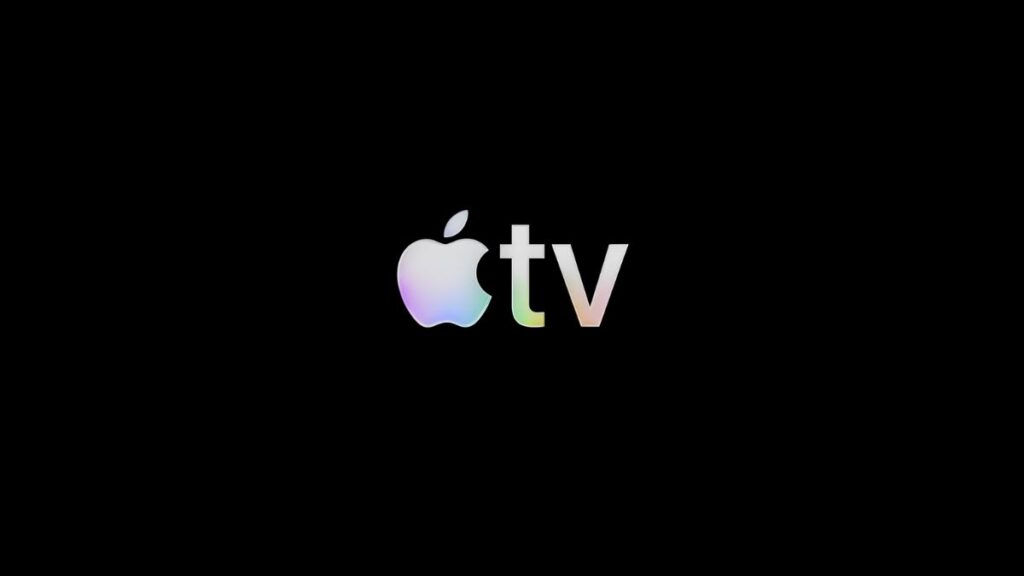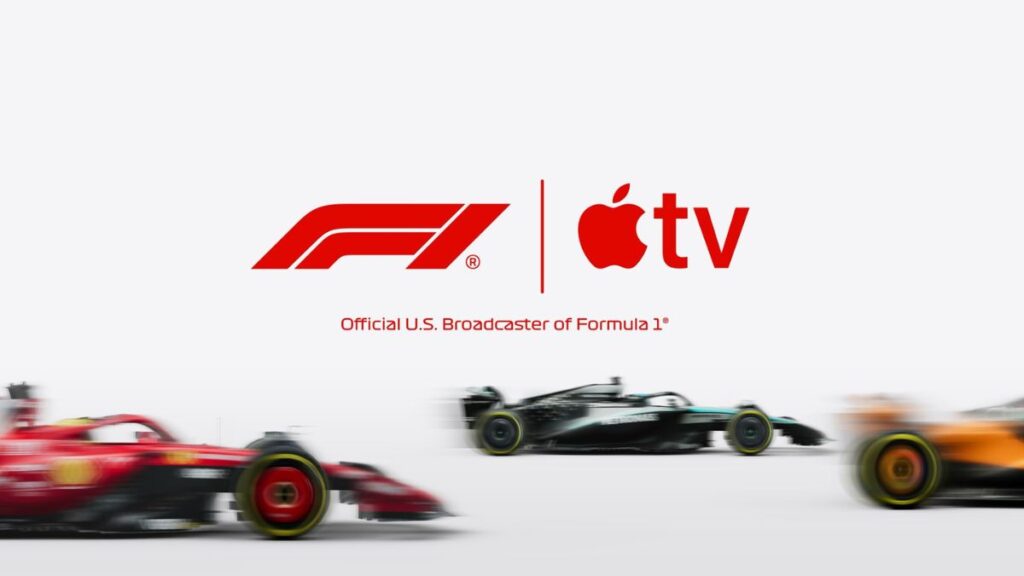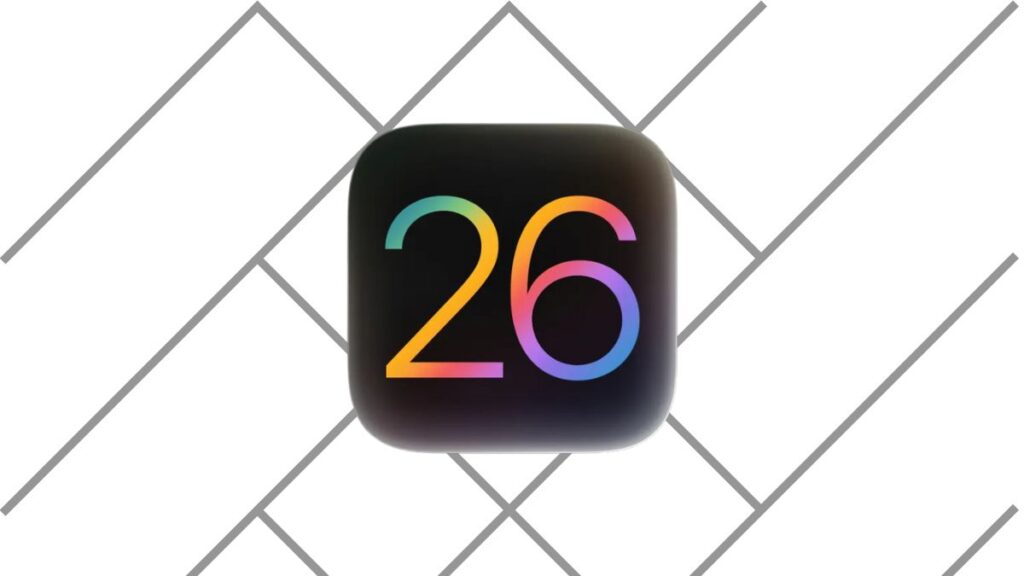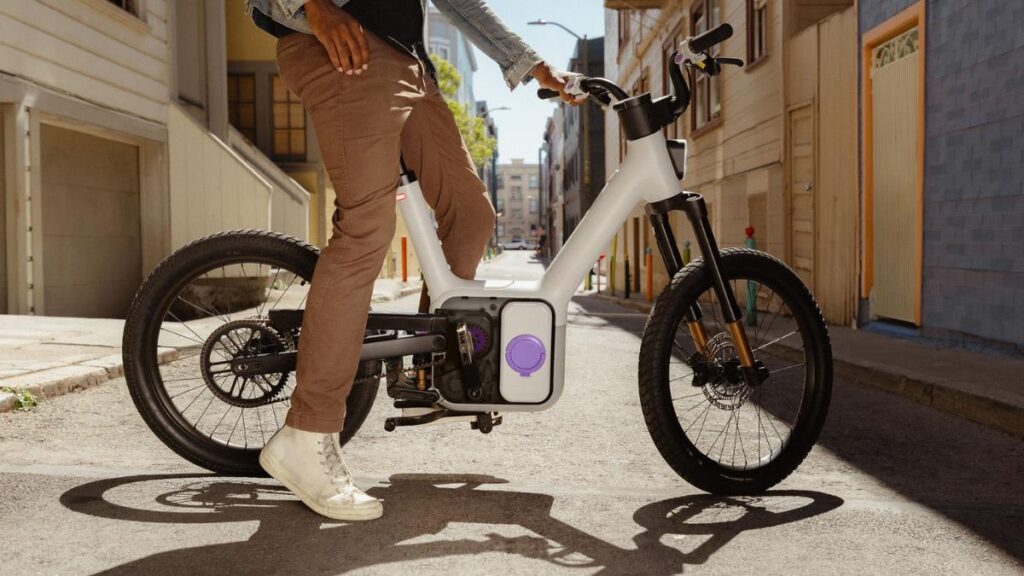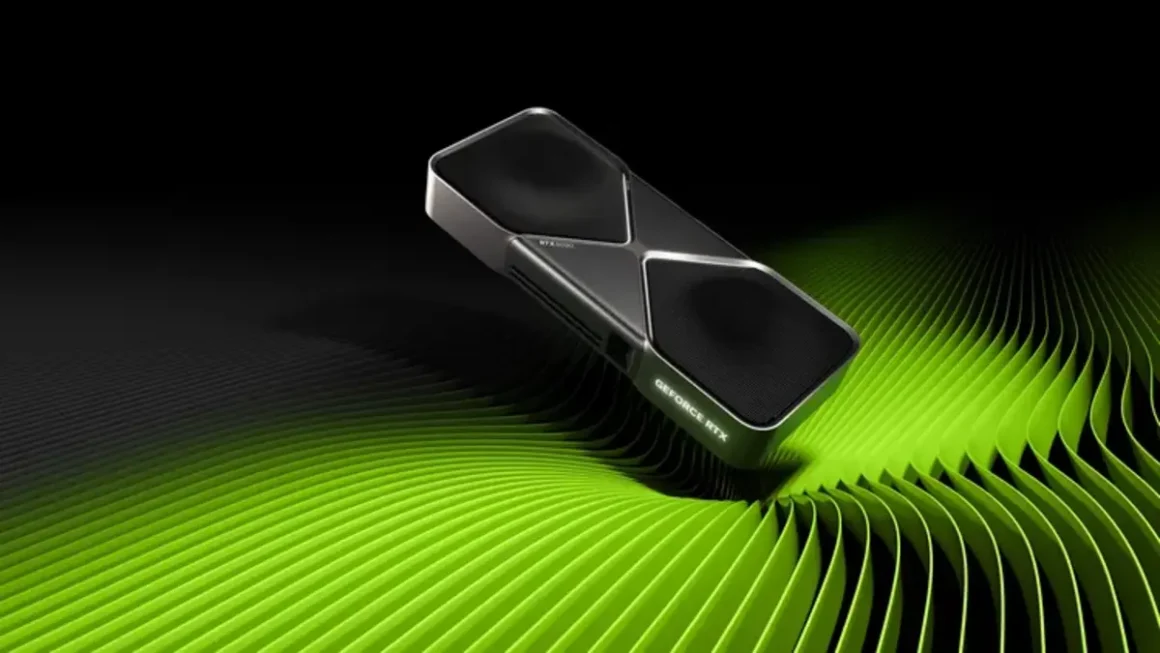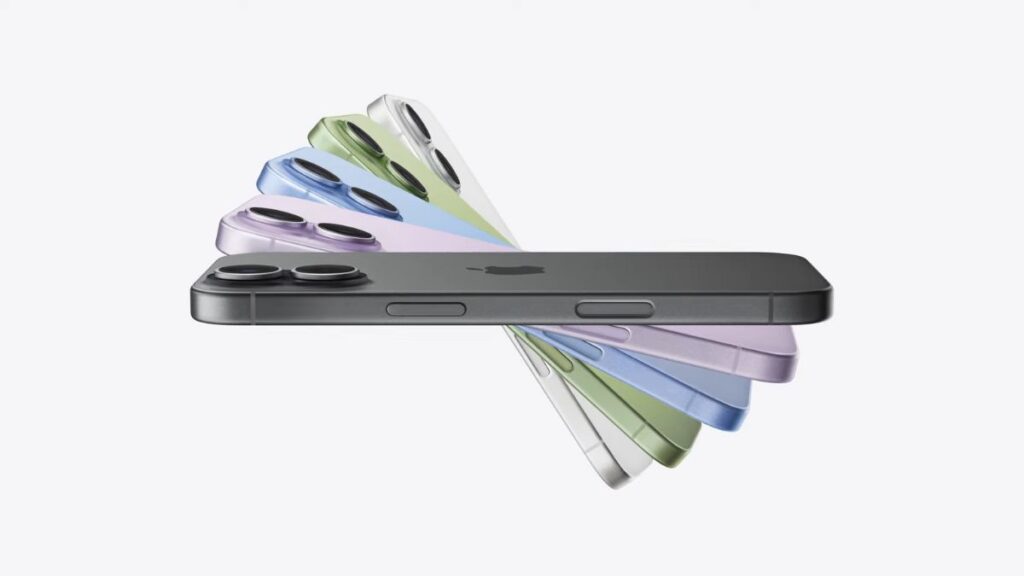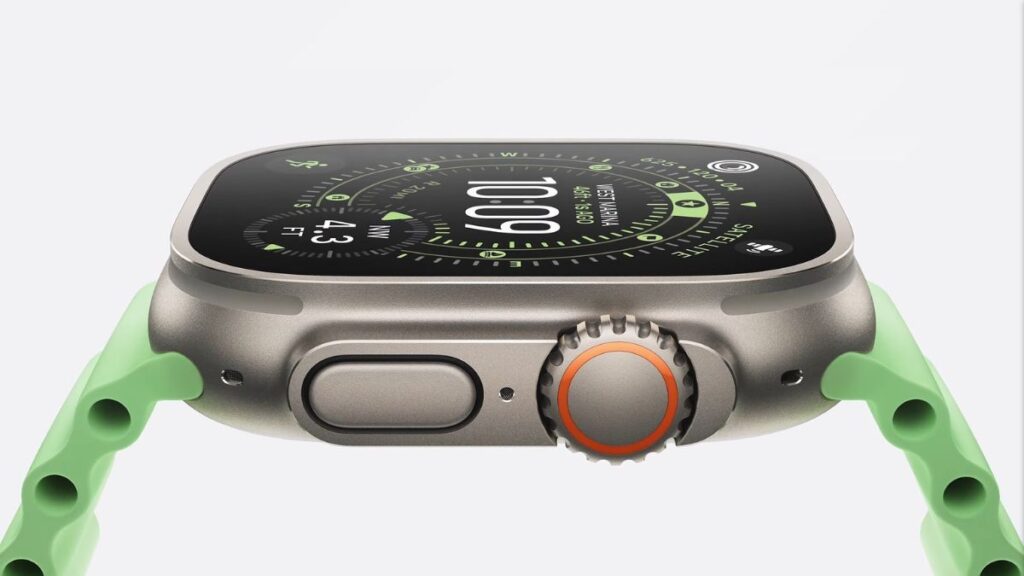Apple’s ambitious Vision Pro mixed reality headset only launched a few months ago, but the company is already changing course on its next steps in the headset market, according to a new report from The Information.
Rather than developing a new high-end successor to the $3,499 Vision Pro, Apple has reportedly redirected the Vision Pro team to work on building a more affordable headset aimed at a broader consumer market. Codenamed “N109”, this cheaper headset is targeted to cost around the price of a high-end iPhone, potentially in the $1,500 to $2,500 range.
The goal is to keep the Vision Pro’s marquee high-resolution displays while removing some extraneous features and making the device at least one-third lighter than the current 1.6 pound Vision Pro. However, the report indicates Apple is struggling to significantly reduce costs without compromising too many capabilities.
Apple had originally planned to ship this cheaper mixed reality headset by the end of 2025, but development challenges could push back that target date. The company may have been motivated to pivot to a lower price point amid disappointing sales for the expensive and niche Vision Pro.
Despite the refocused efforts on a mainstream device, Apple still plans to launch the Vision Pro internationally by late June and deliver a major software update with visionOS 2 this fall. But ambitions for a true “Pro” follow-up appear to have been shelved for now in favor of cracking the mass market.
While a more affordable headset could expand Apple’s footprint in spatial computing, it remains to be seen if the company can deliver a compelling experience at a lower price point. The Vision Pro’s high cost was driven by cutting-edge hardware like its precise eye-tracking system.
Apple may need to carefully weigh which capabilities to sacrifice in order to hit an acceptable consumer price tag without undermining the overall experience. Scaling accessibility is crucial for Apple’s passage from an emerging niche to the next major computing platform.

